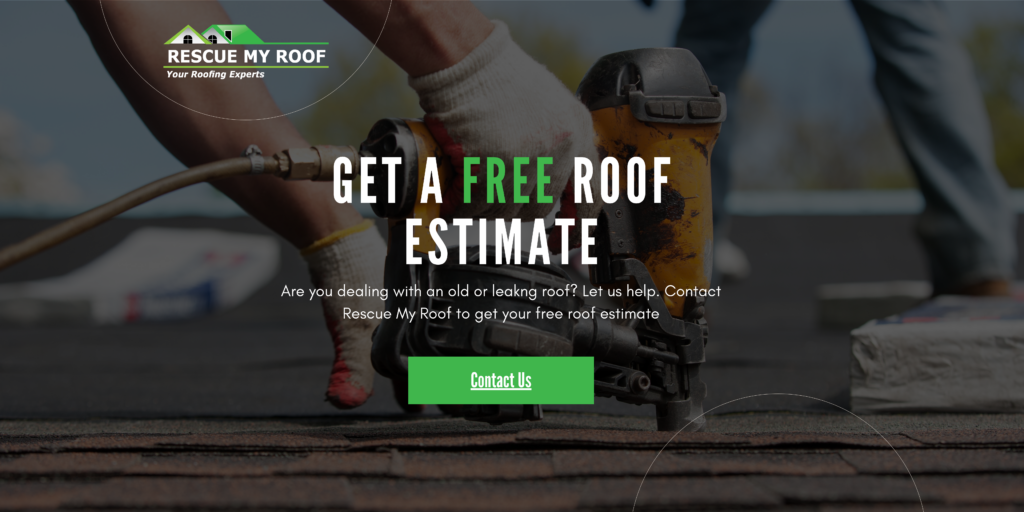7 Best Tips for Long-Term Vinyl Siding Maintenance
Vinyl siding is a popular choice among homeowners due to its durability, low maintenance, and attractive appearance. However, to ensure your vinyl siding remains in top condition for many years, regular maintenance is essential.
Rescue My Roof has educated homeowners for over a decade, helping them make the best home decisions. Today, we’ll use our expertise to break down the do’s and don’ts of siding.
This article will provide the best tips for long-term vinyl siding maintenance, helping you keep your home’s exterior looking great and functioning effectively.
Top 7 Best Siding Maintenance Practices
Vinyl siding is designed to withstand the elements, but it still requires periodic care to prevent damage and maintain its appearance. By following a few simple maintenance tips, you can extend the lifespan of your vinyl siding and protect your investment.
1. Regular Cleaning
One of the most important aspects of vinyl siding maintenance is regular cleaning. Over time, dirt, grime, and pollutants can accumulate on your siding, leading to discoloration and potential damage.
How to Clean Vinyl Siding:
- Use a Garden Hose: Rinse your siding with a garden hose, starting from the top and working your way down to prevent streaking.
- Mild Detergent Solution: Mix a mild detergent with water and apply it to the siding using a soft-bristle brush or a long-handled, soft-bristle brush. Avoid abrasive cleaners that can scratch the surface.
- Soft Cloth or Brush: Gently scrub the siding with a soft cloth or brush to remove stubborn dirt and stains.
- Rinse Thoroughly: Rinse the siding thoroughly with clean water to remove all soap residue.
2. Inspect for Damage
Regular inspections are crucial for identifying and addressing potential issues before they become major problems. Conduct a thorough inspection of your vinyl siding at least once a year.
What to Look For:
- Cracks and Holes: Check for any cracks, holes, or other signs of physical damage.
- Loose Panels: Ensure that all panels are securely fastened and not loose or shifting.
- Mold and Mildew: Look for any signs of mold, mildew, or algae growth, particularly in shaded or damp areas.
- Warping and Buckling: Check for any warping or buckling that could indicate underlying issues with the siding or the structure of your home.
3. Address Mold and Mildew
Mold and mildew can develop on vinyl siding, especially in areas with high humidity or insufficient sunlight. Promptly addressing these issues will prevent them from spreading and causing further damage.
How to Remove Mold and Mildew:
- Vinegar Solution: Mix one part white vinegar with three parts water and apply it to the affected areas. Let it sit for a few minutes before scrubbing with a soft brush.
- Commercial Cleaners: Use a commercial cleaner specifically designed for mold and mildew removal, following the manufacturer’s instructions.
- Prevent Recurrence: Ensure proper ventilation and trim back any overgrown vegetation to reduce moisture buildup around your home.
4. Maintain Landscaping
Landscaping plays a significant role in the maintenance of vinyl siding. Overgrown bushes, trees, and other plants can damage the siding and create an environment conducive to mold and mildew growth.
Landscaping Tips:
- Trim Vegetation: Keep bushes, trees, and other plants trimmed back from the siding to prevent scratches and damage.
- Mulch and Soil: Ensure that mulch and soil are not piled up against the siding, as this can trap moisture and lead to damage.
- Irrigation Systems: Adjust irrigation systems to avoid spraying water directly onto the siding.
5. Protect from Impact Damage
Vinyl siding is durable, but it can still be damaged by impact from lawn equipment, sports activities, and other sources.
Protective Measures:
- Lawn Equipment: Be cautious when using lawnmowers, trimmers, and other equipment near the siding.
- Sports Activities: Encourage children to play ball games away from the house to prevent accidental damage.
- Storage: Store bicycles, ladders, and other items away from the siding to prevent accidental impacts.
6. Consider UV Protection
Prolonged exposure to UV rays can cause vinyl siding to fade and become brittle over time. While modern vinyl siding is more resistant to UV damage, additional protection can help maintain its appearance.
UV Protection Tips:
- Reflective Coatings: Apply a UV-reflective coating to the siding to reduce fading and heat absorption.
- Lighter Colors: Choose lighter colors for your siding, as they absorb less heat and are less likely to fade.
7. Avoid Excessive Heat
Vinyl siding can warp or melt when exposed to excessive heat sources, such as grills or fire pits.
Heat Safety Tips:
- Grills and Fire Pits: Keep grills, fire pits, and other heat sources at a safe distance from the siding.
- Outdoor Lighting: Ensure that outdoor lighting fixtures are properly installed and do not emit excessive heat.
Protecting Your Vinyl Siding
Proper maintenance is essential for ensuring the long-term durability and appearance of your vinyl siding. By following these tips—regular cleaning, inspecting for damage, addressing mold and mildew, maintaining landscaping, protecting from impact damage, considering UV protection, and avoiding excessive heat—you can keep your siding looking great and functioning effectively for many years.
Regular attention to these details will not only enhance the curb appeal of your home but also protect your investment and ensure a safe and healthy living environment.
Want to learn more about siding? Read “4 Best Vinyl Siding Practices” and “Top 4 Benefits of a Siding Replacement.”
Are you looking for a reputable vinyl siding contractor in Southeastern Wisconsin? Rescue My Roof is the contractor for you. Contact us today to get a free estimate.


